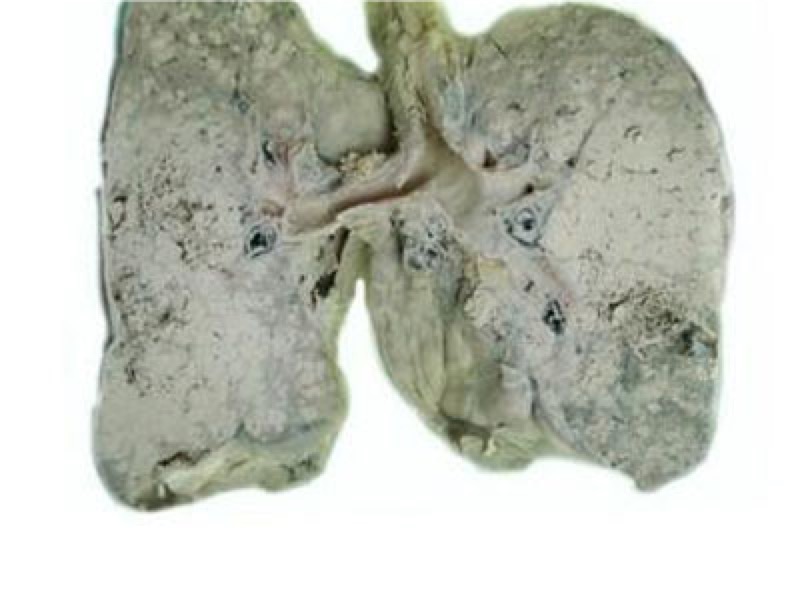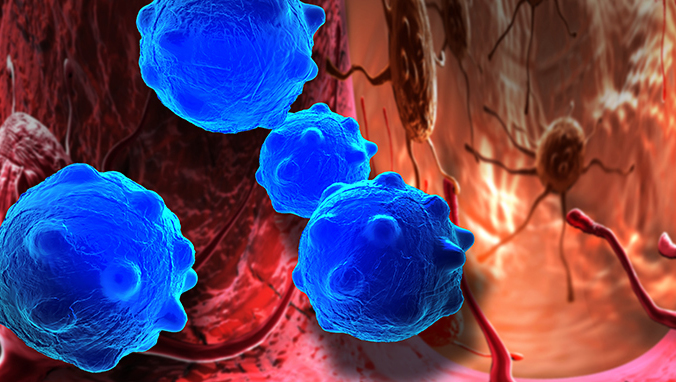What is blastoma
The prognosis of patients with different neuroblastomas varies greatly, that is, there is extensive tumor heterogeneity between neuroblastomas. According to different high-risk factors, neuroblastoma can be divided into low-risk group, medium-risk group and high-risk group. For patients with low-risk group neuroblastoma (most commonly in infants and young children), simple observation or surgical treatment can often achieve good results. 
Symptoms and signs: The initial symptoms of neuroblastoma are not typical, so early diagnosis is difficult. More common symptoms include fatigue, loss of appetite, fever and joint pain. The symptoms caused by a tumor depend on the organ in which the tumor is located and whether it has metastasized.
Most neuroblastomas (50-60%) have undergone extensive metastasis before clinical manifestations. The most common site of primary neuroblastoma is the adrenal glands (approximately 40%).
Other primary organs include neck (1%), thoracic cavity (19%), abdominal cavity (30%), and pelvic cavity (1%). In other rare cases, the primary lesion could not be found. Rare but characteristic clinical manifestations include transverse spinal cord lesions (spinal cord compression, accounted for 5%), Refractory diarrhea (tumor secretes vasoactive intestinal peptide, accounting for 4%), Horner syndrome (neck tumor, accounting for 2.4%), ataxia (due to paracrine tumors, accounting for 1.3%), and hypertension (renal artery compression or catecholamine secretion, accounting for 1.3%).
Celiac neuroblastoma generally presents with abdominal distension and constipation, thoracic neuroblastoma generally presents with dyspnea, and spinal neuroblastoma generally presents with reduced trunk and limb strength. Patients often have Difficulties in standing and walking; neuroblastomas of bones such as legs and hips can manifest as bone pain and lameness; destruction of bone marrow can make patients'' skin pale due to anemia.
Related Articles

- Early symptoms of lung cancer
- 2020-12-17

- Early Signs of Bladder Cancer
- What are the early symptoms of bladder cancer?
- 2020-12-17

- First-line chemotherapy for squamous cell carcinoma
- Squamous cell carcinoma is abbreviated as squamous cell carcinoma, also known as epidermal carcinoma. It is a malignant tumor that occurs in epidermal or accessory organ cells. Cancer cells
- 2020-08-02

- Is the second-grade clear kidney cancer living up to 5 years?
- Nuclear grading is an important prognostic factor for renal clear cell carcinoma and has been included in the WHO classification. Currently, a four-level grading system is generally used. T
- 2020-08-02

- Is metastatic carcinoma easy to metastasize
- Once the cancer has metastasized, it will be very difficult to cure, because many people have lost their lives because of the emergence of cancer, so most people think that cancer is an un
- 2020-08-02

- What does microinfiltrating adenocarcinoma mean?
- Microinfiltrating adenocarcinoma is a type of lung cancer. The reason why it is called microinfiltration means that there is less infiltration around it, which means that it is in the early
- 2020-08-01
